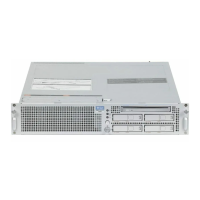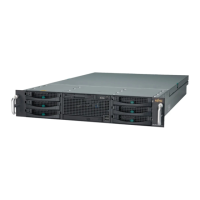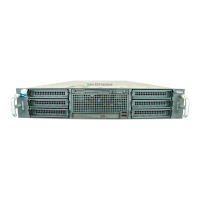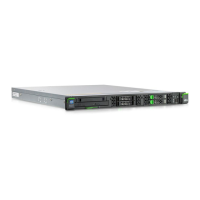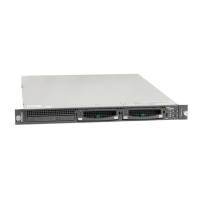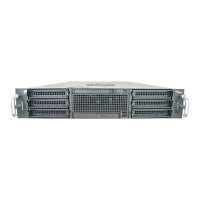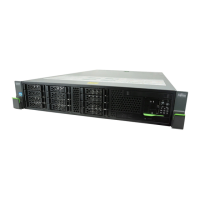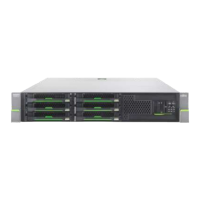Initial Configuration, Connecting with the Network Running the Getting Started Wizard
U41840-J-Z125-7-76 117
5. NAT IP Address - The IP address used to access the ETERNUS CS800 from the public
network. The router that connects the ETERNUS CS800 to the Internet performs
Network Address Translation that maps the IP address of the ETERNUS CS800 to the
NAT IP address, providing a valid replication interface for a source ETERNUS CS800.
6. Select the check box for each type of network traffic allowed on the interface
(segmentation):
I
At least one interface must allow management traffic.
I
If you configure segmentation for non-bonded interfaces (Ethernet ports) that
are on the same subnet, all traffic will use the lowest numbered Ethernet port
first, no matter how segmentation is configured. To avoid this issue, create
bonded interfaces, and then select the desired traffic type for each bonded
interface.
● Mgmt - Select to allow management traffic.
● Repl - Select to allow replication traffic.
● Data - Select to allow data traffic.
● Any - Select to allow all types of traffic (management, replication, and data).
7. Click Update to save the changes you made to the IP Address table. (Clicking Update
does not yet apply the new network settings to the ETERNUS CS800.)
Click Delete to remove IP address information for the selected interface. Or click Undo
to revert all current IP Address Table changes to the last update.
Configuring Interface Routing
Some network configurations require that you specify routing details for an interface. You
need to specify routing details if the host or client the interface connects to is on a different
subnet. You also need to specify routing details if you have configured multiple network
segments (replication, data, or management) on the same subnet. For more information
and examples, see "Understanding Interface Routing" on page 119.
Under IP Address Configuration > Routing Details, enter routing information for one or
more interfaces (see Figure 74):

